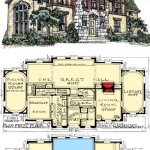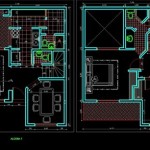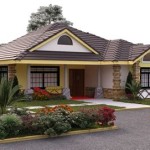Essential Aspects of House Sparrow Trap Plans
House sparrows pose a significant threat to native bird species, outcompeting them for nesting sites and food resources. To address this issue, homeowners and conservationists often resort to humane trapping methods to remove these invasive birds. Designing and building effective House Sparrow trap plans is crucial for successful trapping efforts.
Materials and Construction
The choice of materials for your trap is essential. Durable materials such as metal wire or welded wire mesh offer longevity and prevent the sparrows from escaping. Mesh sizes ranging from 1/2 to 3/4 inch ensure sparrows can enter but prevent larger birds from becoming entangled.
The overall design of the trap should maximize efficiency. A funnel-shaped entrance with a one-way door allows birds to enter but prevents their exit. The trap should also provide adequate space for multiple sparrows to enter and be held without overcrowding.
Bait and Lures
Bait is essential for attracting House Sparrows into the trap. Common effective baits include millet, canary seed, or sunflower seeds. Place the bait in the center of the trap, making it visible but not easily accessible from outside the trap.
Additionally, you can use visual or auditory lures to entice the birds. Shiny objects, such as mirrors or foil, can attract their attention, while chirping sounds of House Sparrows can mimic their flock calls and draw them in.
Placement and Monitoring
The location of the trap plays a critical role in its success. Place the trap in areas where House Sparrows are known to frequent, such as bird feeders, nesting sites, or roosting spots. Secure the trap to the ground to prevent tipping and ensure it is not easily disturbed by wind or animals.
Regular monitoring of the trap is essential. Check the trap daily, removing any trapped birds promptly. Relocate trapped sparrows a significant distance from their original location to minimize the likelihood of them returning.
Safety and Legal Considerations
Ensuring the safety and well-being of trapped birds is paramount. Avoid using sharp or harmful materials that could injure the animals. Handle trapped birds with care and release them as soon as possible.
It is important to check local regulations before setting up any bird traps. Some areas may have restrictions or require permits for trapping certain bird species. By adhering to these regulations, you can ensure legal compliance and avoid any potential issues.
Conclusion
Designing effective House Sparrow trap plans involves careful consideration of materials, construction, bait, placement, and monitoring. By following these essential aspects, you can humanely remove these invasive birds from your property and contribute to the conservation of native bird populations.

Sparrow Trap
Practical Gardening Homemade Bird Trap Build Plans Specs Diy

Homemade Sparrow Trap Free Build Plans
Practical Gardening Homemade Bird Trap Build Plans Specs Diy

Sparrow Trap

Repeating Sparrow Trap 1 Month Update A Surprise

Sparrowtraps Net Home Of The Deluxe Repeating Sparrow Trap Bird House
Practical Gardening Homemade Bird Trap Pre Baiting Sparrows

Deluxe Humane Repeating Sparrow Trap

The Trap Sparrowtraps Net








